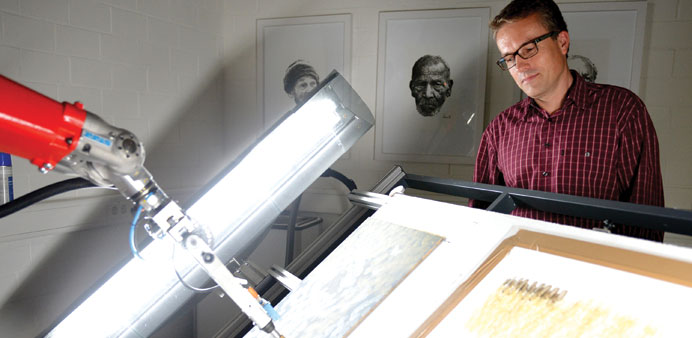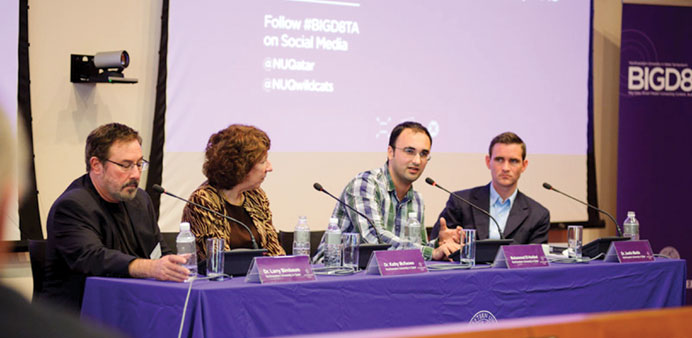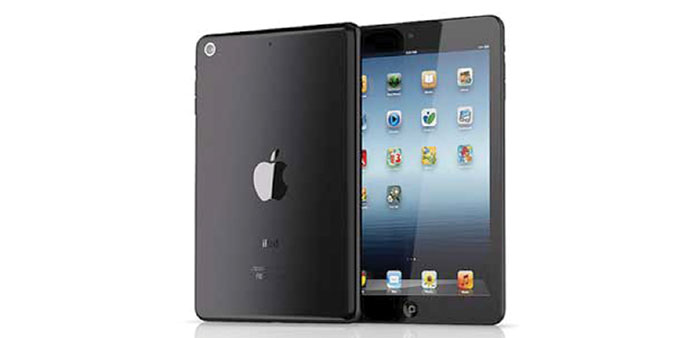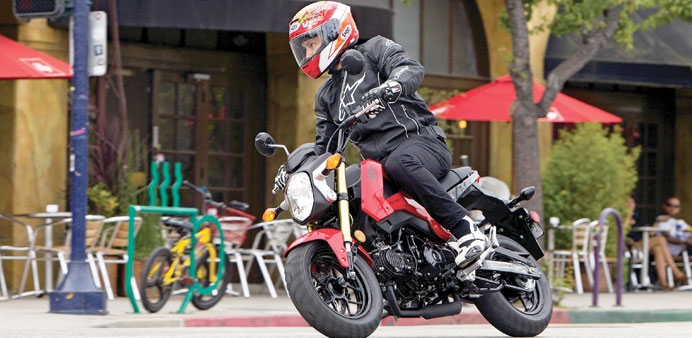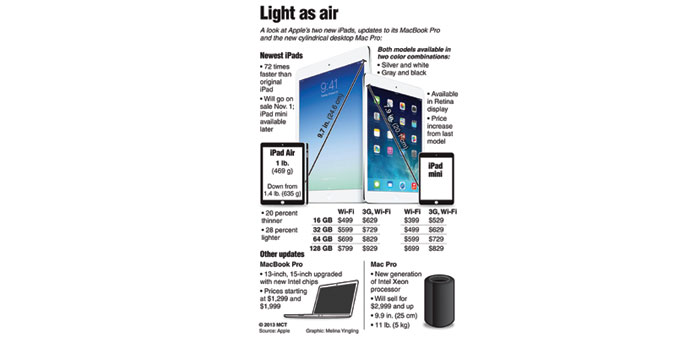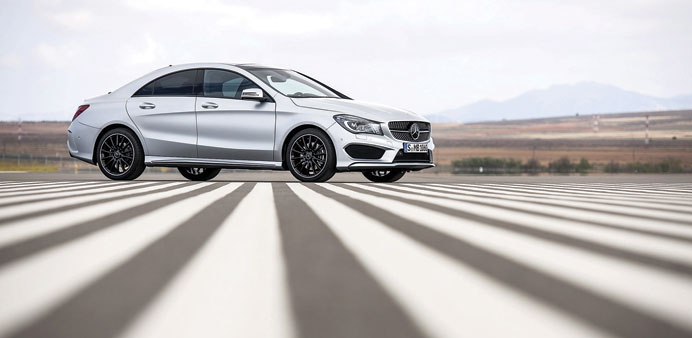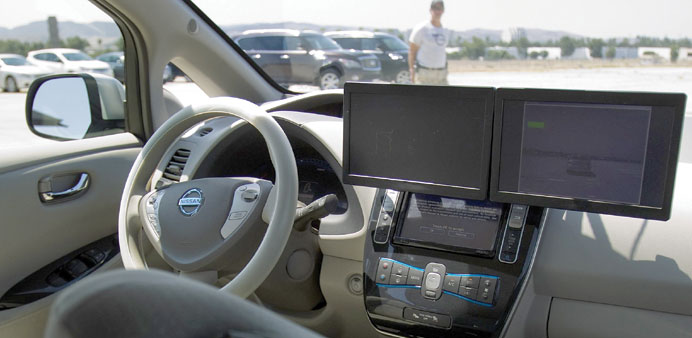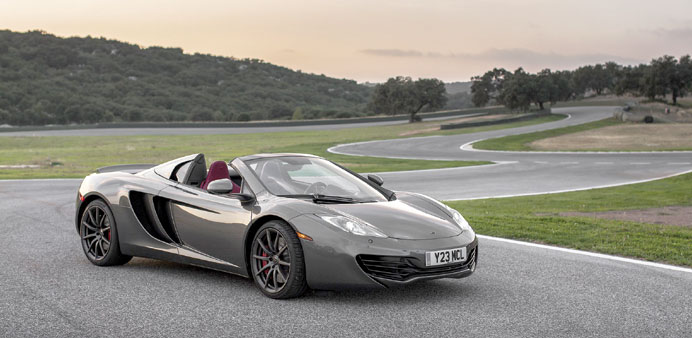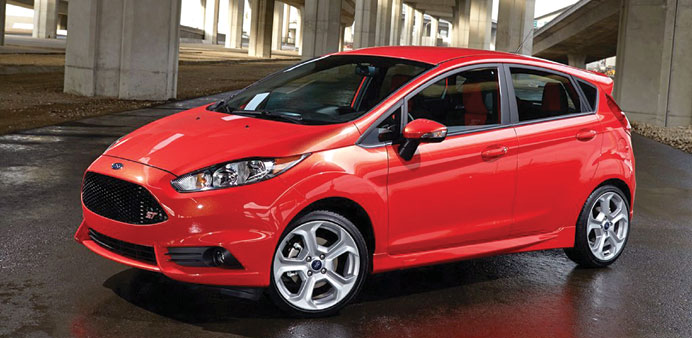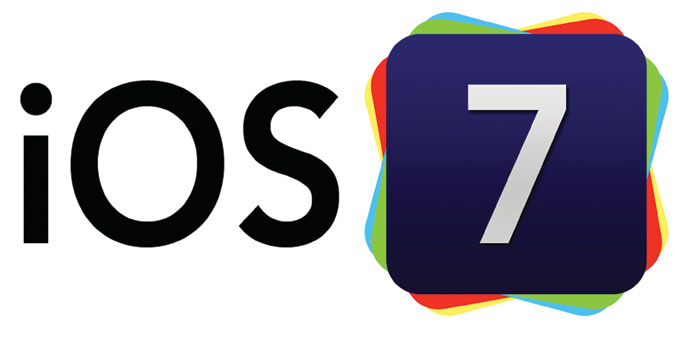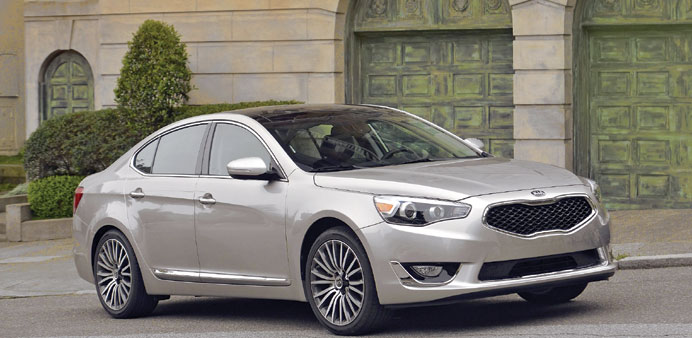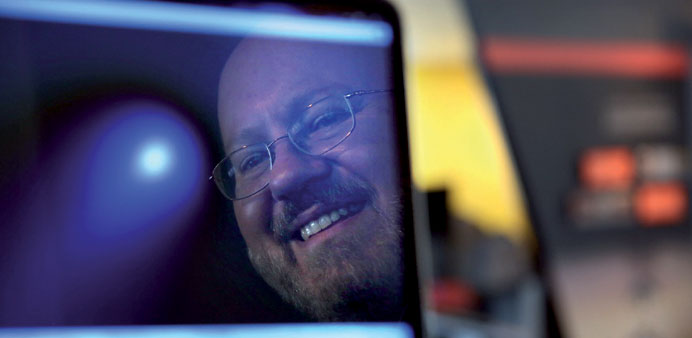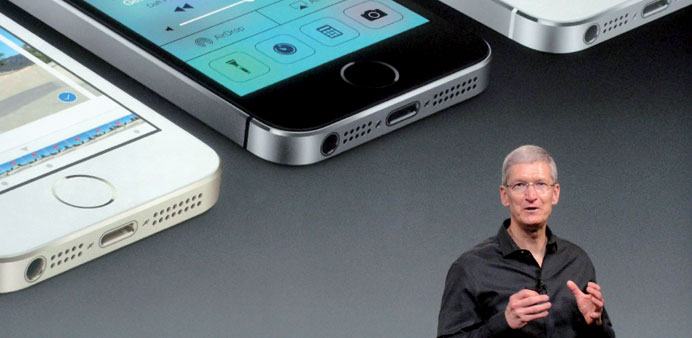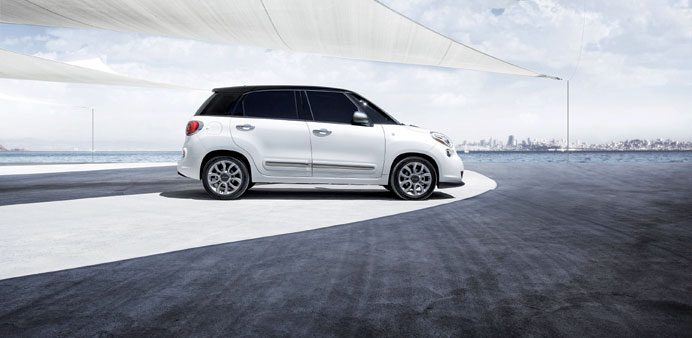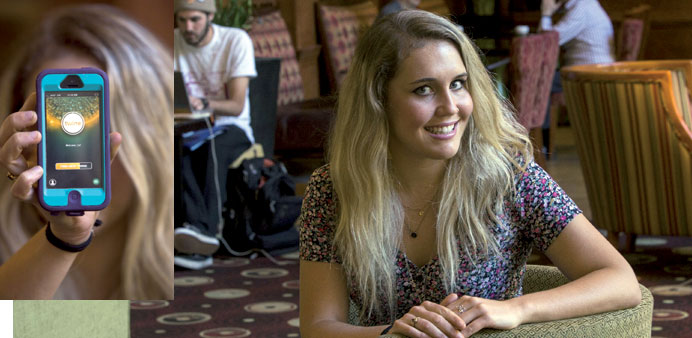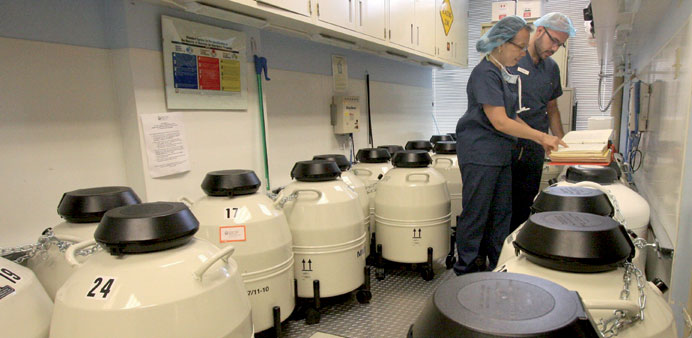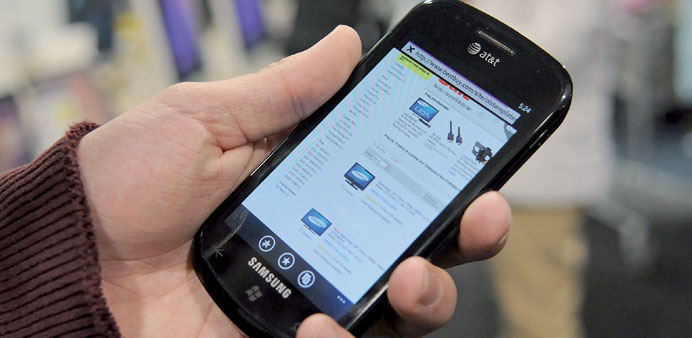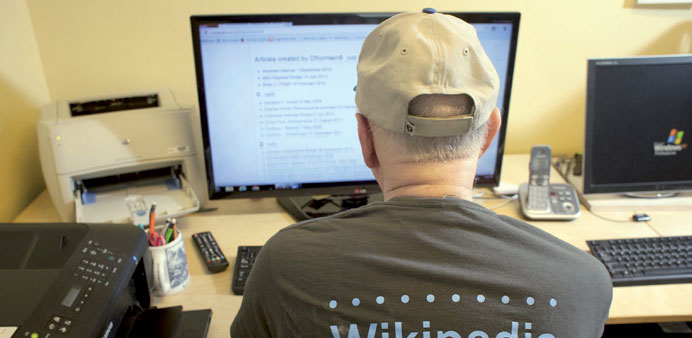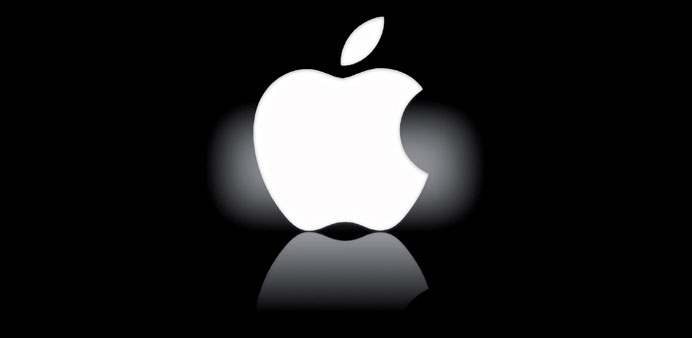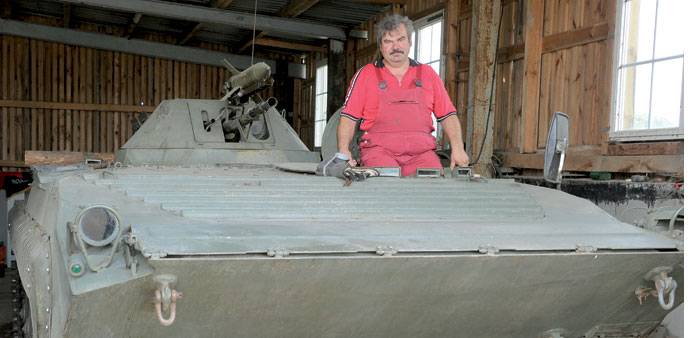Oliver Deussen, a professor of computer science at the University of Konstanz in Germany, watches as e-David, a former industrial robot, paints. “We were interested in understanding how to describe a human painting style through mathematics,” he explains. By Kathrin Streckenbach A German university has developed a robot picture painter that works a brush just like Pablo Picasso did, but critics question whether the digital dauber is really creating art. e-David is the brainchild of a team at the University of Konstanz. It does not think up paintings from scratch, but instead copies from photographs using masterly brushstrokes, thanks to specially designed software. The software principle is called “visual optimisation,” constantly improving the daubs until they look right. One recent morning in e-David’s studio, the painting was not yet finished, but it was already clear that the latest work was based on a photograph of The Thinker, a bronze sculpture by Auguste Rodin. e-David was carefully adding a brush stroke of white paint to a section of the painting that it considered was still too dark. “We were interested in understanding how to describe a human painting style through mathematics,” explains Oliver Deussen, a professor of computer science at the university. Deussen and his team worked for over three years teaching e-David — the name is an abbreviation of “Drawing Apparatus for Vivid Interactive Display” — how to paint. Originally an industrial welding robot used in car production, e-David was modified for his new task with the addition of all the necessary gear for a budding artist, including an easel, a palette with 24 paint colours on it, brushes and a pot to wash his brush. “We also connected it up to a camera and computer,” says Deussen. Once it receives its base picture from the scientists, e-David begins distributing paintstrokes on the canvas with the help of a special programme. The robot decides independently where to add new strokes and required around 15 hours to complete its representation of The Thinker. “The machine observes itself constantly while painting by taking photographs with the camera so that it can compare its work with the desired result,” says Deussen. The painting is finished as soon as e-David calculates that it can no longer achieve a closer representation of the target picture than already exists. The resulting paintings look like a strange mixture of the artificial and natural. e-David has painted all kinds of subjects, including portraits, landscapes, animals and a still life or two. In one painting of an old tower on a lakeside, it is even possible to see reflections in the water. “In theory, e-David can paint any style from Impressionism onwards,” says Deussen. The question now being asked by many people is what effect, if any, these new painting robots will have on the art business? “Paintings created by robots are a fascinating area. They definitely go beyond the status of simply clever playthings,” says Robert van den Valentyn from Cologne art auctioneer firm Van Ham. “It should be noted, however, that the works are based on already existing art forms, because the programmers are, in most cases, not artists themselves.” What distinguishes real art is creativity, something based on our intuitions and our humanity, he argues. “It’s for this reason that computer-generated paintings are not a threat to the market,” says van den Valentyn. e-David could do some very nice paintings to adorn your living-room wall, but it would not rate as collectible art, any more than work from the mass-production art studios in the southern Chinese city of Shenzhen does. “The Chinese painting factories already provide for this market today at incredibly low prices. But the products are industrial,” he says, arguing that real art requires individual creative brilliance. Holger Bunk from the State Academy of Fine Arts in Stuttgart agrees, although he does admit that the development of such machines will challenge artists in how they think and what they create. “I have still not heard of any development that calls into question what I do as a painter or an art teacher. It has never been the case that I have to say to myself that everything has now changed and painting is no longer possible.” While the quality of paintings created by e-David and other such robots can be sometimes quite astounding, Bunk compares the innovation to the invention of the tape recorder. “Professional comedians only used to tell jokes live. Now they can be recorded and replayed in exactly the same tone of voice every time,” he explains. “However, this doesn’t help to keep the joke funny if you have heard it told before.” He says real art is like a joke when you hear it the first time. And what makes art special is that real artists never imitate but constantly have new ideas. Professor Deussen agrees that e-David is not an artist, just a tool: a high-technology brush, in effect. But at the moment e-David is unconcerned about being disparaged. The robot carefully cleans and dries its brush-tips after finishing its latest work. Like most industrial robots, e-David is endowed with lethal strength and no sensitivity if a human accidentally gets in its way. The studio has sensors to shut e-David down if staff enter the danger area. “But paradoxically, it can paint with enormous sensitivity,” Deussen says. — DPA
Thursday, November 21, 2024
|
Daily Newspaper published by GPPC Doha, Qatar.

